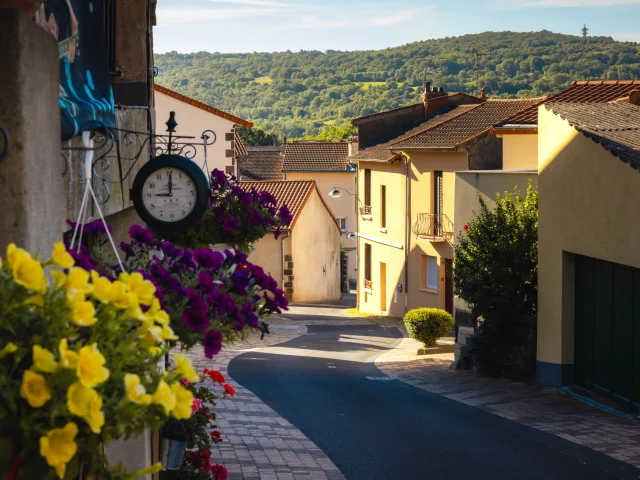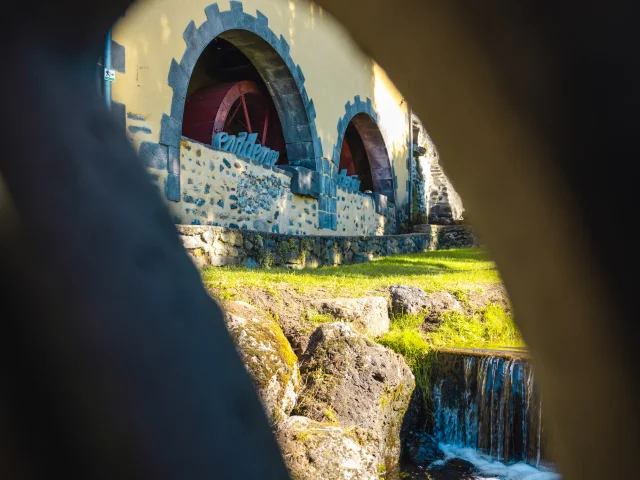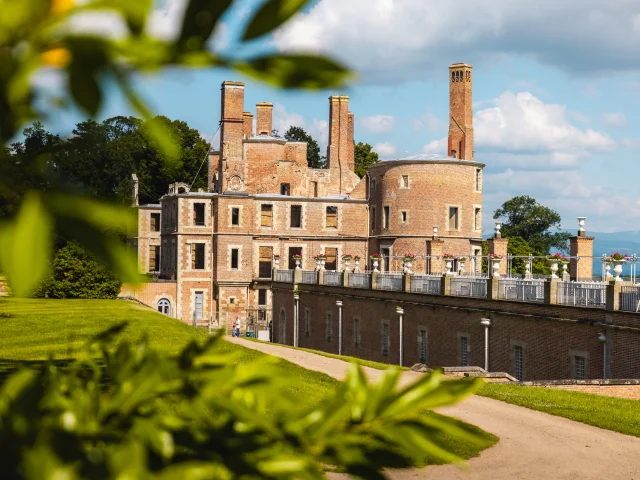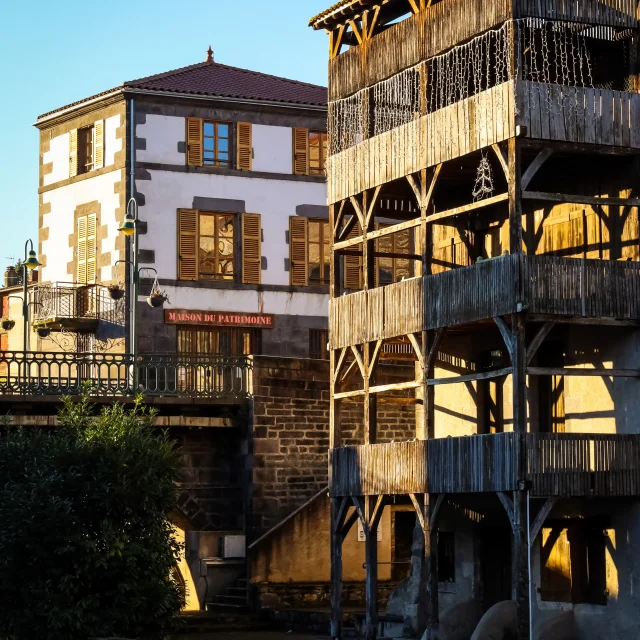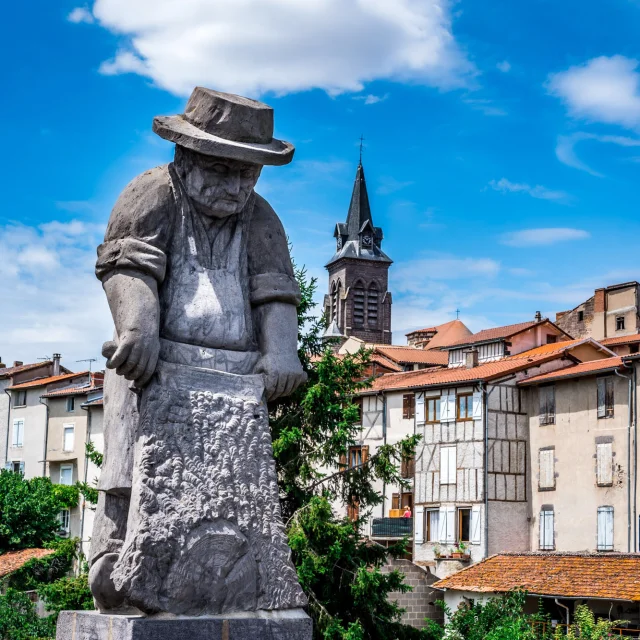1. Maringues, the town of tanners in Auvergne
To the north-east of Terra Volcana, a very special village lies on the banks of the Morge, just a few kilometres from the great river Allier: Maringues.
This ideal location has enabled the village to develop economically since the Middle Ages. By the 16th century, the village was the 2nd largest trading centre in Auvergne and one of its most important ports.
This was the heyday of the tanneries in Maringues, and remained so until the beginning of the 20th century.
In 1860, around sixty tanneries were still in operation, and today a stroll through the historic centre along the banks of the river Morge is a great way to discover this heritage.
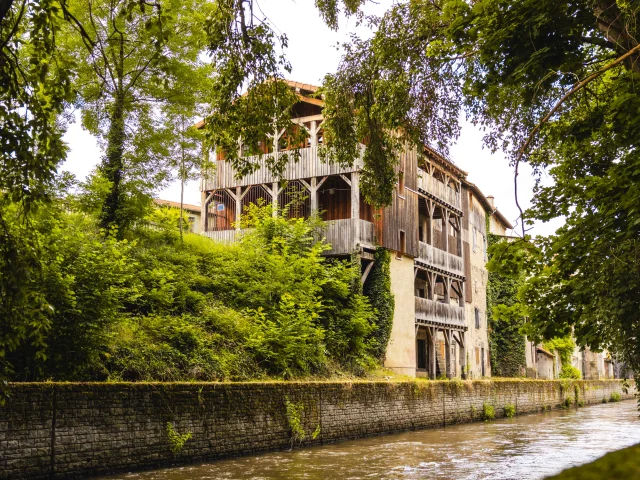

Stage 1 from the Pont des Fainéants, where a volcanic stone sculpture of a tanner stands. It was so called because unemployed workers would gather here to wait for “bosses” looking for labour to come and poach them.
From here, you have an uninterrupted view of the Grande Tannerie, undoubtedly the most emblematic building in Maringues. If you can’t visit it, you can walk along the riverbank for a lovely stroll from tannery to tannery as far as the leather market. Other reasons to enjoy a walk in Maringues are to be found in the audioguide tour: a pure delight for exploring the history of the town in a different way!
Tips
- Make the most of your stay in Maringues by trying out the Clos Fleuri restaurant and their guest rooms. Their garden is ideal for a summer in the countryside!
- On Monday mornings, one of the most typical markets in the Auvergne takes place in Maringues. One of the highlights is the poultry market, inherited from the village’s flourishing past. It’s also the perfect opportunity to try Maringuois, a cheese made from raw cow’s milk and Auvergne garlic, which you’ll only find here!

